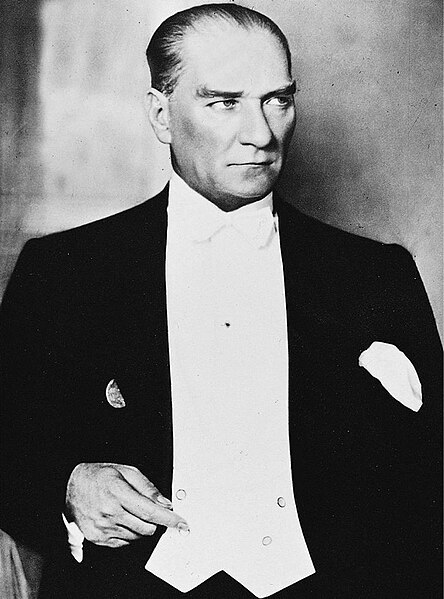The Treaty of Saadabad was a non-aggression pact signed by Turkey, Iran, Iraq and Afghanistan on July 8, 1937, and lasted for five years. The treaty was signed in Tehran's Saadabad Palace and was part of an initiative for greater Middle Eastern-oriental relations spearheaded by King Mohammed Zahir Shah of Afghanistan. Ratifications were exchanged in Tehran on June 25, 1938, and the treaty became effective on the same day. It was registered in the League of Nations Treaty Series on July 19, 1938.
Mohammed Zahir Shah at a younger age.
The Saadabad Palace in Tehran, Iran. The signing place of the treaty/pact.
Mustafa Kemal Atatürk
Image: Reza shah uniform
A non-aggression pact or neutrality pact is a treaty between two or more states/countries that includes a promise by the signatories not to engage in military action against each other. Such treaties may be described by other names, such as a treaty of friendship or non-belligerency, etc. Leeds, Ritter, Mitchell, & Long (2002) distinguish between a non-aggression pact and a neutrality pact. They posit that a non-aggression pact includes the promise not to attack the other pact signatories, whereas a neutrality pact includes a promise to avoid support of any entity that acts against the interests of any of the pact signatories. The most readily recognized example of the aforementioned entity is another country, nation-state, or sovereign organization that represents a negative consequence towards the advantages held by one or more of the signatory parties.
The Molotov–Ribbentrop Pact (German copy)





